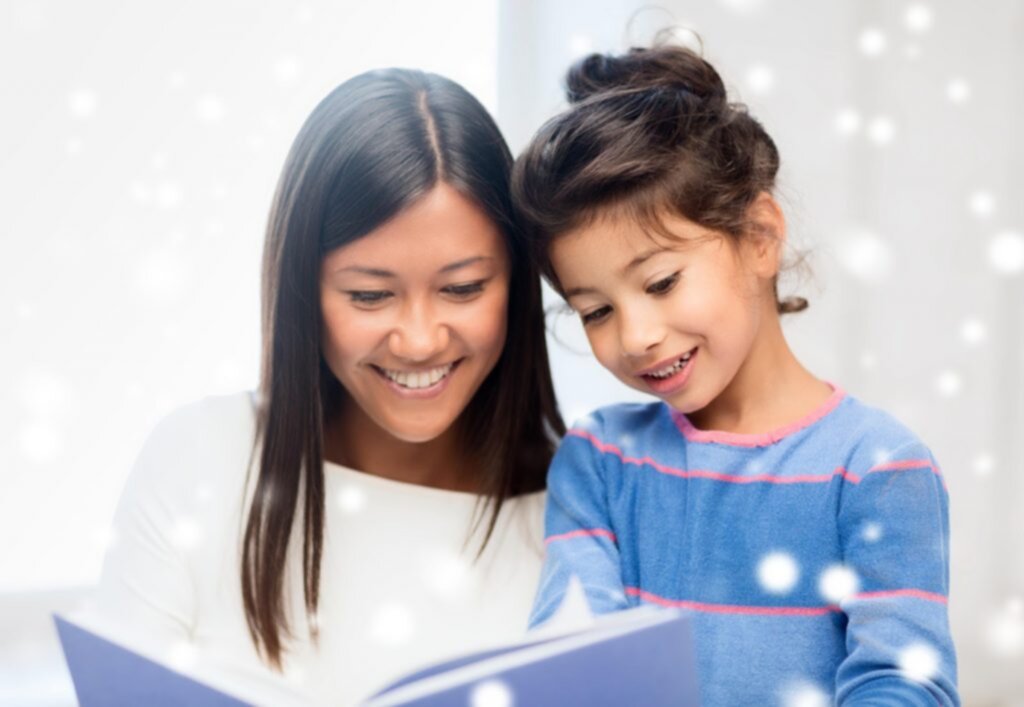
Inferences are made based on what children know from their own experiences. When young readers are able to comprehend implied information, it helps to improve their reading skills and ability to make inferences, along with coming to conclusions. This skill plays an important role in the academic development and success of students throughout their school experience and life. Being able to make inferences will not only help them in reading, but it will also help them in an array of subjects and foster thinking skills. Check out these 3 easy ways to help young readers make inferences.
Item Sharing
Item sharing is just like “show and tell” without the “tell” component. Students are better prepared to make inferences when they are taught how to link clues and finding solutions and answers. When students learn how to use clues to find meaning, they are building reading comprehension skills. Teachers can bring items into the classroom, or ask their students to bring items to class that are not part of the everyday life of their classmates. Teachers and students can then show the objects to the class, and ask what they think the object is and what it is used for. Teachers can ask their students to write down what they think each object is and what it is used for. Then teachers can ask students what they guessed and why they made those guesses.
Use Photos
It is important to confirm that young kids are able to make inferences from pictures. Early readers benefit from images as they help convey meaning more clearly than words, at times. Pictures help young kids identify the plot of the story or meaning in the images. At first, choose images that young kids can relate too or already know the concept of. Some images to show in class can include:
- A child reading a book with his or her mother.
- A sleeping child.
- An elephant bathing.
- A tree with a swing.
- A group of kids playing.
Read Picture Books
Picture books are excellent tools to teach reading and inference skills. Picture books are an invaluable asset for instilling critical thinking skills. Students can use the pictures and texts in order to infer what the story is about. Select books that illustrate moods and events. Be sure to show the book cover and mention the title, so that students can springboard ideas from them. As you go through the book or story, you should guide students by asking them questions. Some questions can be: “What is this story about?”, “How did you come to that conclusion?”, “What do you think will happen next?”, and “Why do you think that will happen?” Lectura Books offers an array of bilingual picture books that are ideal to use in the classroom.
